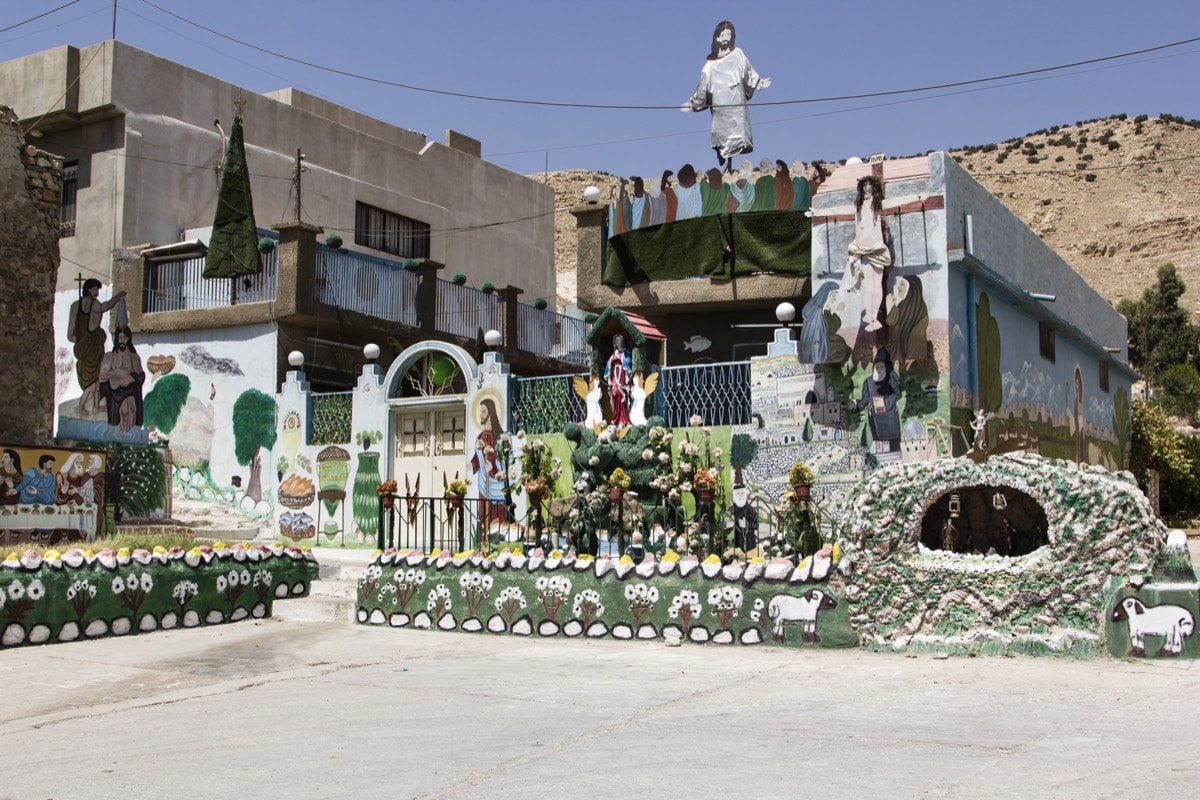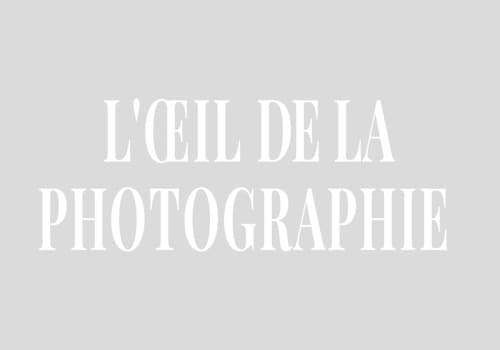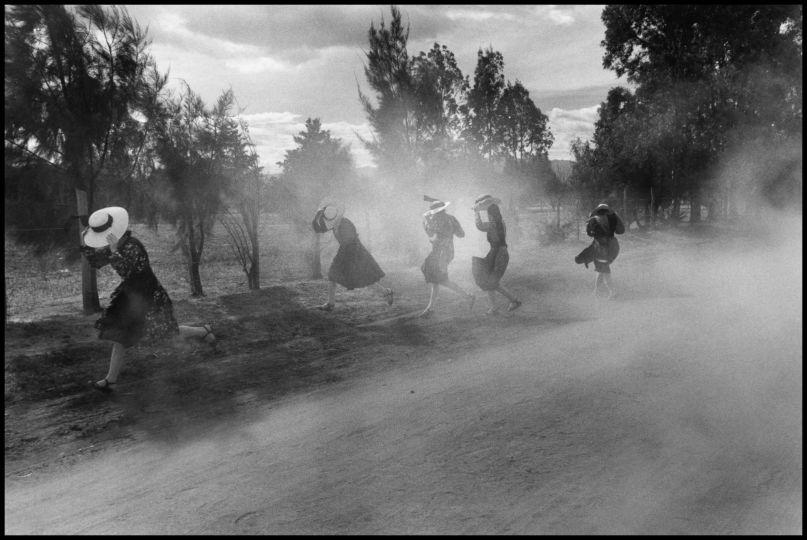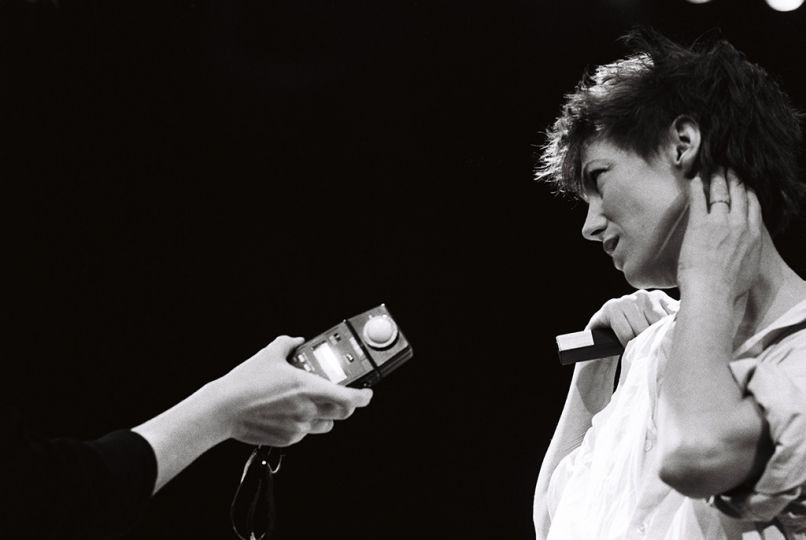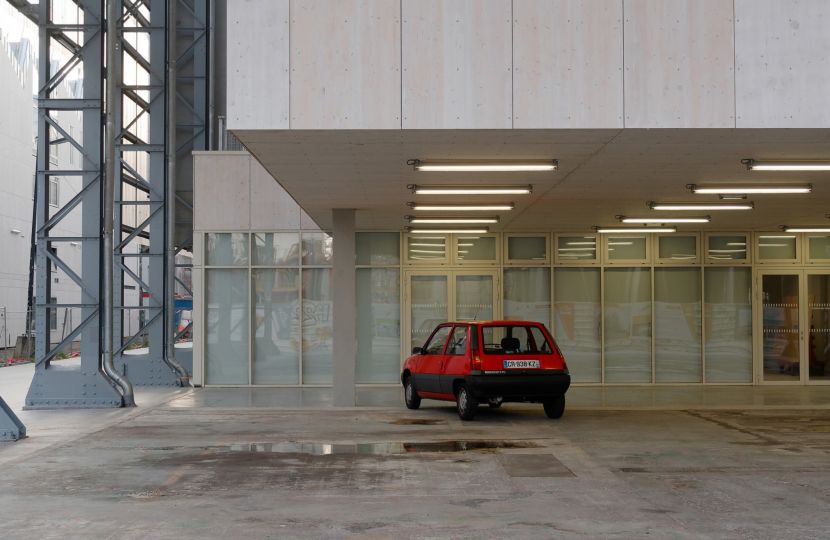The expression “Eastern Christian” (“chrétien d’Orient”) is originally French. It was first used in the nineteenth century to define populations inhabiting the territory spanning from Turkey to Iran. The exhibition Chrétiens d’Orient: 2000 ans d’histoire at the Institut du Monde Arabe (IMA) in Paris focuses in particular on the “Holy Land” and the present territory of Syria, Lebanon, Egypt, Jordan, and Iraq. This area, in turn Roman, Byzantine, Muslim, and Ottoman, before witnessing Arab nationalist movements, is today a key concern and the source of many news headlines. There is no need to enumerate them.
From Byzantine and Ottoman icons, to monastic jugs decorated with the Last Supper, to the first printed works in the Arabic language, two-thirds of the exhibition are replete with frescos and relics, unique items never before exhibited, such as the Rabbula Gospels, an illuminated paper manuscript found in Syria, dating to the sixth century, and containing the first representation of the Crucifixion as it is passed down in the gospels. Christ is both human and divine. Blood drips down his royal mantle. At his side the Virgin weeps.
“Some people can see her, others can’t. There is perhaps a message in all this,” said the mother of the filmmaker Namir Abdel Messeeh in his film The Virgin, the Copts and Me (2011). In 1968, a year after the Six-Day War, popular fervor that followed the manifestation of the Virgin Mary in the Zeitoun district of Cairo testified to the need to turn to a protective figure. There are other images accompanying an excerpt from the film. The final portion of the exhibition focuses on photography and video. In Lebanon, Syria, and Egypt, the photographers Houda Kassalty, Nabil Boutros, Katherine Cooper captured altars, pendants, icons, objects associated with the Virgin, Christ, and other saints that decorated the streets and interiors. These objects signal a presence as well as protect. Like in the images by Hawre Khalid where protection is guaranteed by weapons wielded by Christian militia in Al-qosh, in northern Iraq. The town has never been taken over by ISIS.
The history of Eastern Christians is multifaceted. The writings diverge and so do points of view. The artist Dor Guez commented in an interview with the magazine Exerbiner: “I think that the only way to read history is to tell personal stories, since every official narrative is advanced by vested interests and within a certain national context. I think that through the personal point of view, we can move beyond that.” Born to a Christian Arab father and an Israeli Jewish mother, Dor Guez tells his own story through family images, and through his story, that of a people, a country, and a region. Following this photographic project, he created the Christian Palestine Archive (CPA), the only archival institution of the community. For a minority within a minority, often forced into exile, archiving has become a weapon used to ensure the continuity of memory. The clan images of the Azeizait de Mâdabâ preserved in a French Bible archeology school are part of the same struggle.
Information
IMA - Institut du Monde Arabe
1 rue des Fossés Saint-Bernard 75005 Paris France
September 26, 2017 to January 14, 2018

